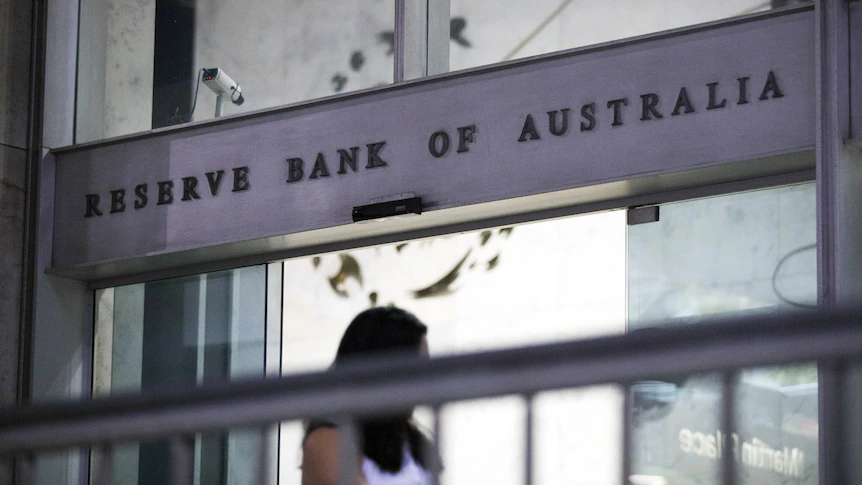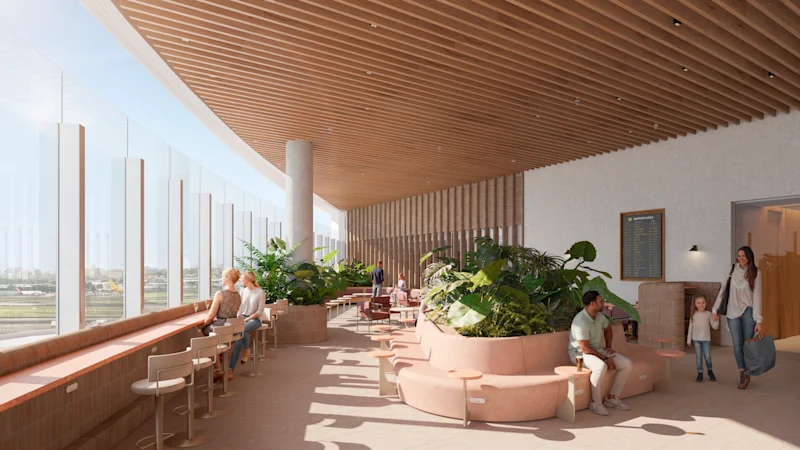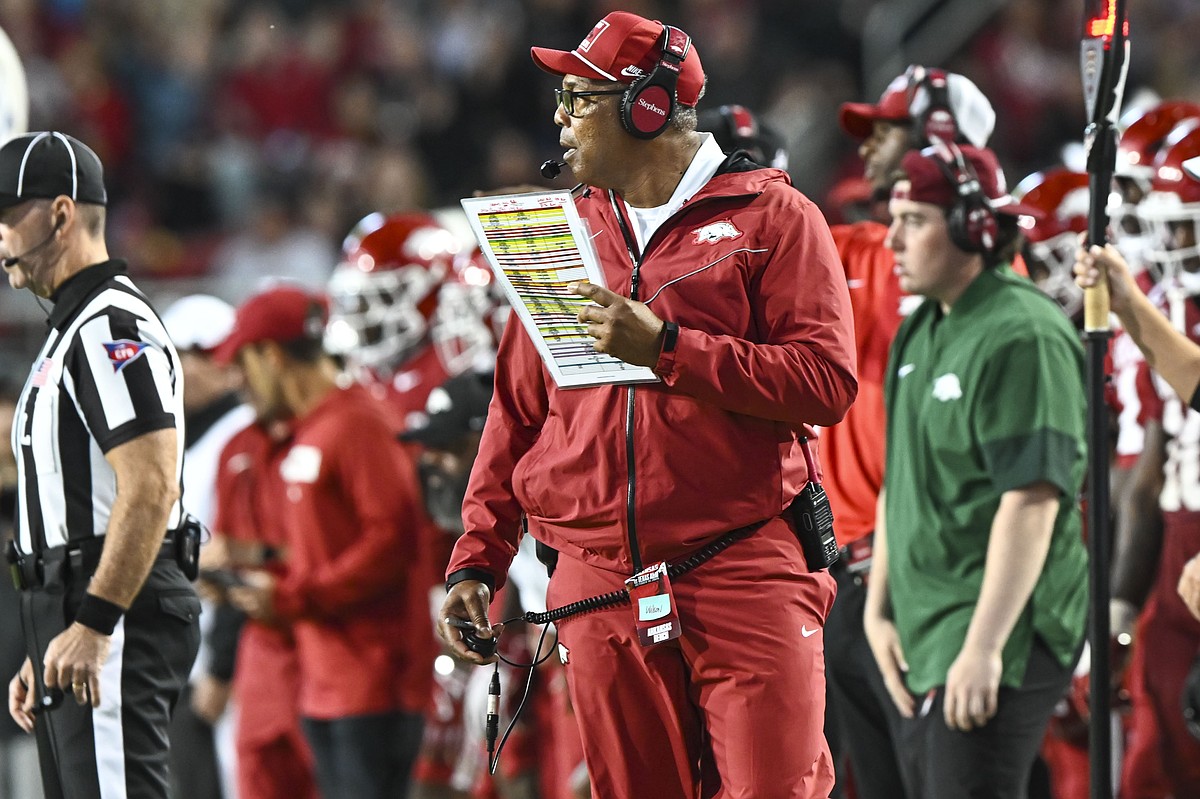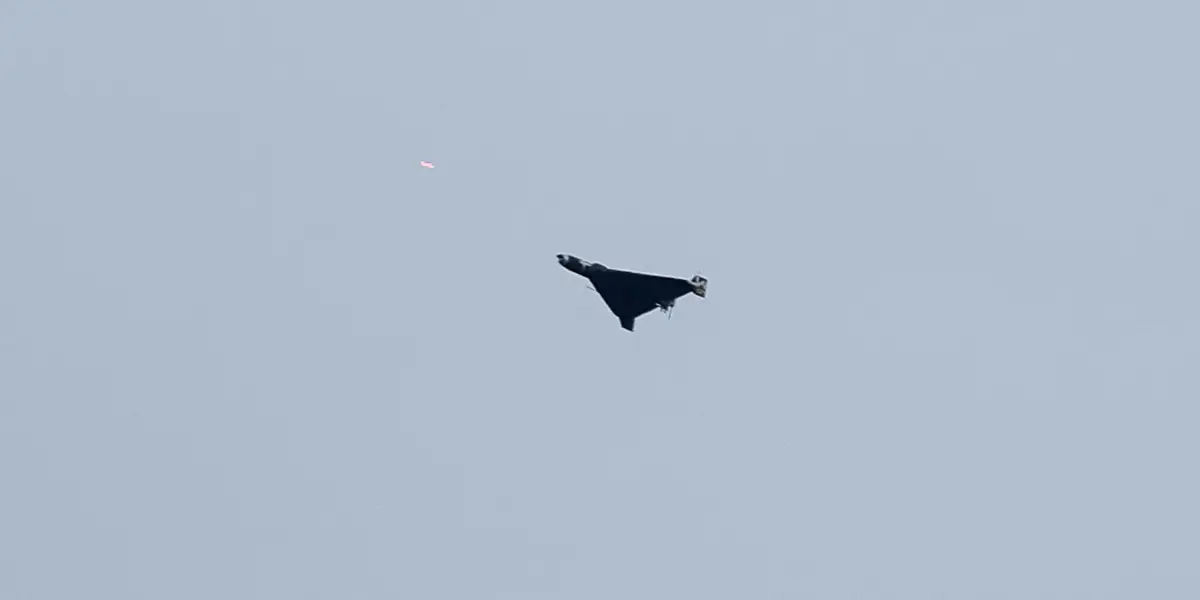Copyright Simple Flying
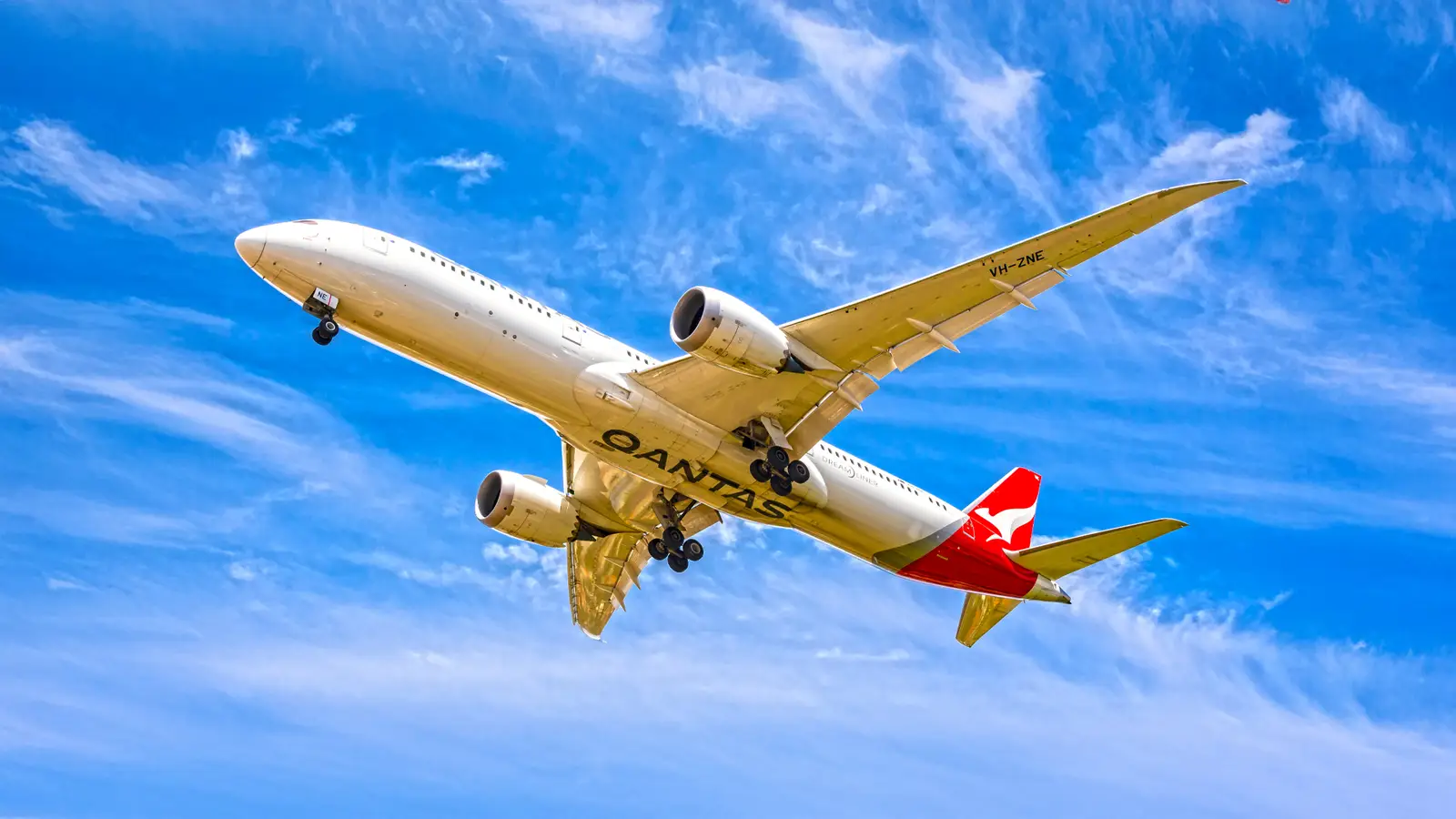
The Boeing 787 Dreamliner has redefined global air travel through its unique blend of range, efficiency, and passenger comfort. Built primarily from lightweight composite materials, the aircraft allows airlines to connect cities that were previously impossible with older widebodies. In 2025, the Dreamliner continues to dominate the long-haul market, linking continents with nonstop services that reflect a new era of ultra-long-haul aviation. According to Cirium, more than ten scheduled Dreamliner routes now exceed 7,000 miles. As carriers refine their global networks, the Dreamliner has become the bridge between secondary markets and major international hubs. Nonstop travel from Perth to London, or from San Francisco to Singapore, is no longer exceptional but expected. This shift has changed how airlines plan routes, prioritize fuel efficiency, and meet growing passenger demand for convenience. The Dreamliner remains central to this strategic transformation. Qantas Perth London Nonstop Dreamliner Route Qantas continues to operate the Perth to London route, one of the most challenging commercial services on Earth. The flight spans approximately 8,988 miles and averages 17 hours and 25 minutes, ranking as the world’s longest scheduled 787-9 route. This service, launched under Project Sunrise, symbolizes Australia’s direct connection to Europe without refueling stops. The Dreamliner’s efficiency has made this mission financially viable, unlike previous 747 services. Qantas uses a high-premium configuration with just 236 seats to optimize range and passenger comfort. The airline has maintained strong load factors, especially among corporate travelers seeking a one-stop journey from cities like Melbourne or Sydney via Perth. This route continues to achieve some of the highest utilization rates in the fleet. Operationally, Qantas crews undergo specialized rest and fatigue management procedures to handle this sector. Meal timing and lighting cycles are tailored to align with London daylight hours, reducing jet lag on arrival. Cabin comfort remains a priority, and the airline’s investment in ergonomics and seat design continues to draw positive feedback. The Perth–London link remains Qantas’ flagship intercontinental operation. United Airlines San Francisco Singapore Service United Airlines’ San Francisco to Singapore route showcases the Dreamliner’s long-range endurance across the Pacific. Spanning about 8,440 miles, it remains one of the world’s longest nonstop flights operated by a US airline. The 787-9 handles this mission with remarkable consistency, completing the journey in roughly 16 hours and 55 minutes. The route connects two of the world’s leading technology and financial centers, offering seamless connections for both business and leisure travelers. United has strategically leveraged San Francisco’s geographic position to link key Pacific markets, from Japan to India, using its Dreamliner fleet. The airline’s deployment of the 787 has strengthened its dominance in transpacific traffic share. The Top 10 Longest Boeing 787 Routes in 2025 Cabin experience is a major selling point in this ultra-long sector. Passengers benefit from United Polaris business class suites, improved WiFi, and advanced air filtration throughout the cabin. The 787’s reduced noise and smooth ride enhance comfort on journeys approaching 17 hours. United’s reliability rate on this route consistently exceeds 98%. Data shows that travelers also praise the seamless ground experience at San Francisco, where connection times are optimized for onward international flights. The combination of service quality, operational consistency, and the Dreamliner’s quiet efficiency has made this route a benchmark for United’s transpacific performance and passenger satisfaction. Air Canada Vancouver Bangkok Dreamliner Connection Air Canada’s Vancouver to Bangkok service highlights the Dreamliner’s role in connecting North America and Southeast Asia. Covering approximately 7,335 miles, the nonstop 787-9 flight demonstrates the type's efficiency on thinner long-haul routes. The Vancouver to Bangkok route has continued to perform strongly since its relaunch as part of the airline’s Asia-Pacific expansion. Vancouver’s position offers a strategic advantage for transpacific operations. The city’s proximity to great circle routes shortens flight times across the Arctic, saving both fuel and emissions. Air Canada has optimized its Dreamliner schedule to support onward connections across Asia while catering to strong leisure demand from Canada’s western provinces. Passenger loads remain steady even during the shoulder seasons. The route also reflects Air Canada’s confidence in its long-range 787 fleet. Enhanced crew rest zones, improved cabin lighting, and efficient ETOPS planning have all contributed to smoother operations. The Dreamliner’s reliability and performance on this mission underline its versatility across diverse geographies. Data shows that this service continues to strengthen Air Canada’s long-haul network. American Airlines Dallas Auckland Pacific Link American Airlines uses the 787-9 to bridge Dallas/Fort Worth and Auckland, one of the longest services in its network. Spanning about 7,122 miles, this route showcases the Dreamliner’s capability to sustain long-range missions efficiently. Data shows that it remains among the most reliable US–South Pacific operations. The aircraft’s consistent performance has strengthened American’s competitiveness in transpacific markets, enabling greater schedule flexibility and higher aircraft utilization. Operational reliability on this route continues to exceed industry averages, reflecting both strong fleet maintenance and precise network planning. The aircraft’s fuel efficiency allows American to operate this route year-round, balancing business and leisure demand. The airline also benefits from its joint venture with Qantas, coordinating schedules and fares across the Pacific. This partnership strengthens the competitive position of both carriers in the Australasia market. The evidence shows that load factors have remained consistently strong since launch. Cabin comfort is central to this route’s appeal. American’s premium economy and updated business class seats offer passengers a comfortable experience over the 15-hour flight. Enhanced WiFi connectivity and upgraded inflight entertainment add to the onboard product consistency. Customer satisfaction ratings have improved since these upgrades, with travelers frequently praising the calm lighting, increased privacy, and thoughtful cabin layout. The Dreamliner’s lower cabin altitude and quieter engines further enhance rest during these marathon journeys. Together, these factors ensure the Dallas/Fort Worth–Auckland route remains competitive in both comfort and quality, solidifying American’s long-haul reputation. Saudia Jeddah Los Angeles Dreamliner Journey Saudia’s Jeddah to Los Angeles route demonstrates how the 787-9 enables global reach for Middle Eastern carriers. Covering roughly 7,070 miles, it connects Saudi Arabia’s Red Sea hub with the US West Coast. Relevant data shows that it is one of the longest Dreamliner flights operated from the region. The service helps Saudia expand its transatlantic footprint while optimizing capacity. The Dreamliner provides a balanced mix of efficiency and range, replacing the larger 777-300ER on less dense routes. Jeddah’s strategic location also allows convenient onward connections to Africa and South Asia. The route maintains steady demand from both business and religious travelers. Inside the cabin, Saudia has invested heavily in comfort enhancements. Its newest business class product, upgraded inflight WiFi, and modern lighting systems make the experience competitive with larger international rivals. With average flight times exceeding 15 hours, passenger feedback remains positive. This route continues to anchor Saudia’s US operations. The Dreamliner's Proven Endurance The Boeing 787 continues to reshape the global air travel map as airlines push further with nonstop operations. Its combination of range, fuel savings, and passenger comfort keeps it central to long-haul network planning worldwide. Dreamliners now account for a significant share of flights above 7,000 miles, reflecting strong fleet utilization across regions. For travelers, the Dreamliner has made the world smaller by connecting once-distant destinations directly. Routes such as Perth–London and San Francisco–Singapore illustrate how efficiency has replaced excess capacity as the defining measure of success. Airlines continue to rely on the 787 to balance demand, comfort, and sustainability across diverse markets. Looking ahead, the Dreamliner’s influence will remain strong as carriers seek to open new city pairs across continents. Whether linking secondary cities or operating record-breaking journeys, the aircraft stands as a symbol of long-range innovation. The Boeing 787 remains one of the most transformative aircraft in modern aviation.
